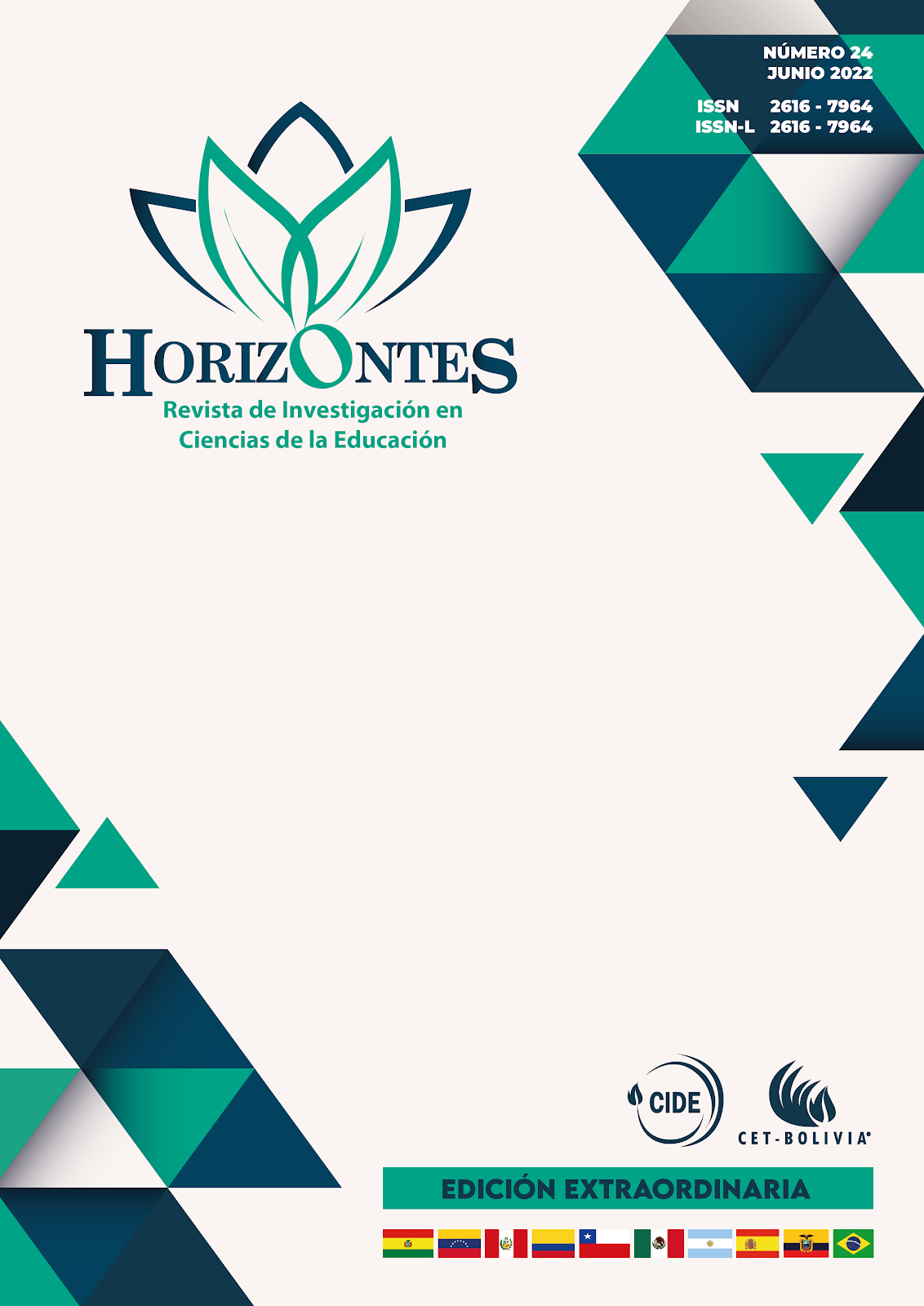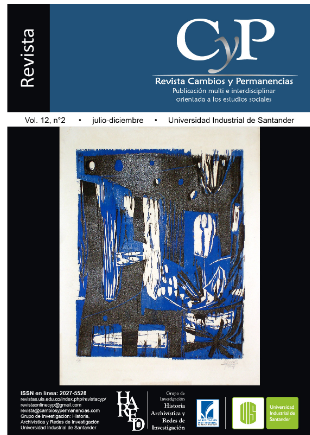Artículos Dra. Angeles Mendoza
Se presentan artículos para ser comentados por la comunidad.
jueves, 7 de noviembre de 2024
libro “Estrategias de Administración, Finanzas y Mercadotecnia para la Micro y Pequeñas Empresas”
Libro del día: Mercadotecnia para empresas
- 04/11/2024
- Hoy en mercadotecnia, Libros
- Pablo Sánchez
El libro “Estrategias de Administración, Finanzas y Mercadotecnia para la Micro y Pequeñas Empresas” de la Dra. María de los Ángeles Mendoza González es una guía práctica y accesible para emprendedores y propietarios de pequeñas empresas.
Consciente de la alta tasa de cierre de estas empresas en los primeros años, la autora presenta un conjunto de estrategias enfocadas en la administración, las finanzas y el marketing, adaptadas específicamente para los retos que enfrentan los negocios de menor escala.
Mendoza González subraya la relevancia económica de las micro y pequeñas empresas como motores de empleo y generación de riqueza en los países, por lo que enfatiza la importancia de implementar prácticas sólidas para su sostenibilidad.
Para facilitar la comprensión y aplicación de estas estrategias, el libro se estructura de forma sencilla, evitando tecnicismos y conceptos complejos, lo cual permite que cualquier emprendedor, sin importar su nivel de conocimiento previo, pueda emplear los métodos propuestos.
El contenido abarca temas como la gestión eficaz de recursos, la planificación financiera básica y el desarrollo de tácticas de marketing eficientes, que usualmente se reservan para grandes empresas, pero que aquí se adaptan al contexto de las pequeñas empresas.

Mendoza González también orienta sobre la importancia de la organización y el uso inteligente de los recursos para maximizar la rentabilidad y lograr la estabilidad del negocio en el tiempo.
Al implementar estos principios, los emprendedores pueden aumentar su capacidad para competir en el mercado y, potencialmente, evitar el destino que enfrentan muchas microempresas: el cierre temprano.
En conjunto, esta obra se convierte en una herramienta esencial para aquellos que buscan impulsar sus empresas desde una base sólida y profesional, permitiéndoles comprender y aplicar conceptos fundamentales que les permitirán consolidarse en sus respectivos mercados.
sábado, 4 de marzo de 2023
Parámetros de calidad de materiales digitales utilizados en educación superior
Parámetros de calidad de materiales digitales utilizados en educación superior
Dra. Ma. de los Angeles Mendoza González
Resumen
El presente trabajo fue sobre materiales educativos digitales y los parámetros de calidad que deben de cumplir para ser utilizados por los docentes. El objetivo de la investigación fue determinar la selección de los materiales educativos conforme a criterios que les permitan asegurarse que se cumple con los parámetros de calidad que garanticen la mejora continua y calidad de los materiales educativos digitales utilizados. La muestra fue constituida por 80 docentes que imparten clases a nivel superior adscritos a diversos planes de pregrado. Se les aplicaron los instrumentos Learning Object Review Instrument y la norma de Unidad de Normalización Española 71362 Calidad de los materiales educativos digitales. Los resultados indicaron que no todos los docentes toman en cuenta algunos parámetros de calidad. Se concluye que es necesario considerar la aplicación de algunos parámetros mínimos para asegurar que los materiales digitales cumplen con la calidad requerida en el ámbito universitario.
Artículo completo en
https://revistahorizontes.org/index.php/revistahorizontes/article/view/530
martes, 28 de febrero de 2023
Some considerations about taking a gap year before university education.
Some considerations about taking a gap year before
university education.
By Ma. de los Angeles Mendoza González
Every year, in
America and other countries, lots of young people decide to take a gap year
before they start a university education. It can be a good idea or not,
depending on their plans for the future and how this gap year is profitable or
add value to the student’s background. In this document, some of these
considerations will be discussed as follows.
First of all, it’s necessary to consider the student’s needs, for example, some people need to work to get some money and save it to pay for the loans obtained to study at the university. Another element of consideration is that a year gap can be used to think and be sure of their decision because sometimes students can be confused or unsure about the degree, they want to enroll in.
Secondly, some students can
use the gap year to travel abroad and take some courses or visit some
interesting places to enjoy life before they get into university
studies, which can result in hard work. Also, if the student has some health
problems or is lacking the desire to continue studying, taking a gap year can
be of benefit.
What is more, students can
learn a lot and grow up. So, they will be able to take advantage of the
knowledge and background acquired during the gap year and they will give better
opinions and obtain conclusions based on their own experience, which can result
in better grades and getting a better scholarship.
On the other hand, as a
Latin-American people and based on my own experience as a professor and a
student I do not agree with the idea of taking a gap year because I think time
flies and people need to study according to the scheduled scholar year, I mean
there is no time to lose. Competition is hard and there are thousands of
students graduating each year.
Additionally, it is necessary
to take into account that in America and Mexico, for example, there are
different circumstances for living and studying. We have public universities
where you can study for very cheap quotes, and the students will not have the
need of getting a loan, as happens in America where even the public
universities or state universities charge an expensive registration fee and
monthly payments. Then, most of the students do not have to worry about taking
a gap year for working and saving money to pay for loans or university.
Despite the fact I explained
in the previous paragraph, the economic situation in Mexico and Latin America
is not as good as in some places in America. So, families cannot afford to help
their sons or daughters to take a gap year because implies that they will be
losing time instead of studying, or worst they will be doing nothing but
expanding the family money.
Finally, I really think
taking a gap year can be beneficial for students depending on their personal
and family circumstances. Besides, to understand the different opinions and
points of view on this issue, we need to have a picture of the social and
economic situation, the country, and the student’s needs, customs, and ways of
life.
It is not easy to establish a single opinion, over
all when you are living in a country like Mexico or in a Latin-American country, because life is hard, people need to work a lot, and there is a lot of inequality, even as it was established that some public universities are almost free not all young people can access to the opportunity of studying a degree. Poverty is growing each year and although scholarships are usually given by the government, sometimes people need to work instead of study. Thinking about taking a gap year to travel abroad and enjoy life, results in insulting if we face the reality of our countries. That is why I agree with the benefits of taking a gap year, but also, I feel sad because it is not a problem we have, it is not a discussion, and we simply cannot take a gap year unless is for working.
The importance of international tourism in Mexico
The importance
of international tourism in Mexico
Dr. Ma. de los Angeles Mendoza González
Tourism is a very important
source of income and comprises a great diversity of elements, both material, and
human. Mexico has exotic places, landscapes, beaches, and archaeological sites,
among other elements that attract a large number of people year after year. This
document will address economic data and important tourism sites in Mexico that
allow us to visualize a broad panorama of what this issue represents today. Tourism
is considered a social, cultural, and economic phenomenon that involves the
displacement of people to countries or places outside their usual environment
for personal, professional, or business reasons. These people are called
travelers (who may be either tourists or hikers; residents or non-residents)
and tourism covers their activities, some of which involve tourist expenditure.
Tourism can be national and
international.Despite the pandemic experienced in recent years, tourism has remained one
of the main pillars of the Mexican economy. The National Institute of
Statistics and Geography (INEGI) for its acronym in Spanish, establishes that
in 2021 tourism revenues represented 7.5% of gross domestic product (GDP), which
is equivalent to around 95, 475 million dollars. The population employed in Mexico's tourism
sector amounted to 4 million 264 thousand people employed in the fourth quarter
of 2021. The number of international tourists in 2021 was 31.9 million during 2021,
31.3% more than in 2020. By 2022, the Ministry of Tourism (Sectur) estimated
the arrival of more than 40 million international tourists. International tourists come mainly from the
United States of America (78.9%) and the rest from Colombia, Brazil, Canada, and
France.As is known, the most visited places are the archaeological sites, since
they represent the sample of the ancestral culture of the Mexican people. Beaches
occupy an important place as well. In
addition to Mexico City, for its cosmopolitan life, theaters, museums, and
of course historical places such as Chapultepec Castle and the historic center
are of paramount importance. The most
visited beaches were Los Cabos in Baja California Sur, Cozumel and Cancun in Quintana Roo, and Progreso in Yucatan.As for the archaeological sites, the National Institute of Anthropology and
History (INAH) has under its protection a total of 187 archaeological zones
open to the public throughout the country, 365 days a year. Regarding the most visited areas in 2021,
Chichén Itzá in Yucatan is number one, followed
by Tulum in Quintana Roo, Teotihuacán in
the State of Mexico, Cobá in Quintana Roo and Palenque in Chiapas.In addition to travel, air and land transport benefits. As well as hotels,
restaurants, local pottery businesses, jewelry, and other handicrafts, among
others. Of course, one of the great
additional attractions for international travelers is the exchange parity ratio of the dollar and
euro between the main currencies, with the value of the peso. Visitors find
cheap prices, in addition to beautiful places, delicious food, folklore, and
ancestral customs.
In conclusion, several important
elements can be established, such as:a)
Tourism
occupies a very important place in the Mexican economy. b)
Tourism
can be national and international.c) The number of international visitors
continued despite the pandemic. Especially during 2022 when the sanitary
restriction was lifted.d)
International
tourists mainly visit beaches and archaeological sites.e)
Mexican
culture is important and unique.f)
Local
hotels, restaurants, and businesses benefit from international tourism.g)
The
value of the foreign currency (dollar and euro) concerning the peso,
represents a great attraction for international tourists. Therefore, it is convenient to reflect that Mexico has known how to take
advantage of its tourist and cultural attractions. For decades, Mexico obtained
income exclusively from oil, while today it has diversified and in addition to the export of agricultural products and
manufacturing and remittances, important income is obtained from tourism, which
forces to improve the hotel infrastructure, roads, and train the staff so that
they can live up to the needs and expectations of tourists, including quality in service, efficiency and
of course the learning of foreign languages to be able to grant better
experiences.
References
INEGI (2022). Recovered
de
https://inegi.org.mx
INHA (n.d.) Archaeological
sites of Mexico. Retrieved from
https://inha.org.mx
UNWTO (n.d.) Glossary
of terms. Retrieved from
https://www.unwto.org/es/glosario-terminos-turisticos
Statista (2021).
Archaeological sites with the most visits in Mexico 2021. Retrieved from
https://es.statista.com/estadisticas/1125431/zonas-arqueologicas-mas-visitadas-mexico/
Tourism (2021).
Results of tourism activity 2021. Retrieved from
https://www.datatur.sectur.gob.mx/RAT/RAT-2021-07(EN).pdf
domingo, 13 de noviembre de 2022
Igualdad de género en la docencia, situación de universidades públicas en Argentina, Chile, España y México
https://revistas.uis.edu.co/index.php/revistacyp/article/view/12843
REVISTA CAMBIOS Y PERMANENCIAS- COLOMBIA (2021)
ARTICULO DE DRA. MA. DE LOS ANGELES MENDOZA GONZÁLEZ







